Massive job cuts creating uncertainty and increased workload, working remotely amongst home schooling or caring for elderly relatives, loss of customers and clients, personal loss of freedom, health, social support and financial stability are just a few of the most prevalent challenges facing most of us today. Throughout this, we need to perform our roles and adjust to this new way of living and working as well as support others to do the same. Research around how our brain works can help shed light on the impact of this but can also offer some simple strategies to support us. These include:
- Reframing: regulate emotions, create gratitude, see challenges as opportunity versus threat
- Brain-breaks to recharge, have insights and stay calm under pressure
- Connectedness on a more personal level with colleagues
- Develop new high-performance habits through neuroplasticity
Our brains are wired to constantly scan the environment to detect any “threats” for survival. The amygdala, a primitive part of our brain is responsible for the fight, flight, freeze response. A looming deadline, negative email, more in the inbox or uncertainty for what the day will hold, can all trigger the amygdala and the survival response. At this time, blood flow heads away from our pre-frontal cortex (the conscious thinking part of our brain), to the heart, lungs, limbs for the fight, flight freeze response. Once we are in a “threat state” i.e. feeling frustrated, nervous, worried, overwhelmed, anxious, angry or concerned, our peripheral vision narrows, we have less insights, we are risk averse, less connected to others and problem focused.
Whereas, when we are in a reward state, we are in a “performance state” – broader vision, more insights, able to take risks, connected to others and solutions oriented. One technique that can draw us back from “threat” and into “reward” state is reframing. Research shows that if we reframe a situation, we can shift the perception quite quickly. In order to get the maximum benefit from this, it is also effective to breathe deeply and label the emotion you are experiencing. We summarise this as a 30 second circuit breaker: Breathe, Label and Reframe (BLR). Reframing is the process of looking at things from a different perspective. We can ask ourselves:
- How else can I look at this?
- What is the positive in this?
- What can I learn from this?
- How can I put this into perspective?
We are then able to see some positives or at least not feel the situation is as bad as we initially perceive. We are able to get the brain back in a reward state with all the cognitive and creative capacity that provides. For example, working from home gives us more time for exercise, for hobbies or with our family. It has also developed our ability to use technology bringing family, friends and work colleagues in different locations together in new ways. Another way to ensure our brains perform well is to take “brain-breaks”. People working from home are finding they are less inclined naturally to take brain-breaks. Research from PeretzLavie studied ultradian rhythms and found that longerproductive sessions (of around 90 minutes) followed by a brain break of no more than 15 minutes allowed us to be more in sync with our natural energy levels and allows us to “maintain a better focus and higher energy level throughout the day”. Brain breaks can include having a cup of tea or coffee on the balcony or away from your desk, a brisk walk around the block, some stretches or exercise or simply hanging out some washing. By allowing the pre-frontal cortex to quieten, we are also much more likely to create the conditions required to have an insight or an “aha moment”.
Our innovative problem solving improves, allowing access to the weaker, non-conscious but highly effective connections we are making in the background. As social creatures, our need for social interaction has increased particularly with many working from home, minimising broader contact, self-isolating or being in lockdown. We need to take extra time to connect “by the virtual water cooler” by enquiring how people are and sharing our personal experiences. Many people are struggling from isolation, uncertainty, loss of freedom, financial hardship and fear. Managers and peers need to connect with team members on a deeper level to ensure they experience a sense of well-being and psychological safety. We need to generate a “reward state” to mitigate or reduce the “threat state” through connection, recognition, laughter, validation, brain-breaks and shared understanding.
Our ability to change and adapt is underpinned by the process of neuroplasticity. This is the brain’s ability to change itself. This can be self-directed via attention to goals or can be gradual or sudden based on events. We have all needed to rapidly adapt to the changing environment. To a large extent we prefer consistency, certainty and form habits. However, we are wired to change and develop new habits. When neuroplasticity occurs, we shift our focus from a “superhighway” or “well-worn path” neural connection and pay attention and positive feedback to a “small new laneway” or “off the beaten track” neural connection.
Over time this then develops into a new habit and becomes a healthy main road. The habits that are healthy for us to form include: mindfulness (practise to build resilience and emotion regulation), daily exercise, going to bed early, brain-breaks, switch-off time and prioritising our tasks. If we can form healthy habits such as these, the challenges of the day will seem easier and we will have greater cognitive capacity to solve problems and be innovative in our way forward.
“Change will not come if we wait for some other person, or if we wait for some other time. We are the ones we’ve been waiting for. We are the change that we seek.” – Barack Obama




1 thought on “The Neuroscience of Performance and Change”
Pingback: The Neuroscience of Performance and Change | re...
Comments are closed.